The brant, also known as the brant goose, is a widespread species of waterfowl. They live throughout coastal regions in North America, and also range into Europe and eastern Asia.
This bird has a dramatic black-colored head, neck, and chest, with a white throat patch. The rest of its body is grey-brown, black, and cream colored. Read on to learn about the brant.
Description of the Brant
For geese, these birds are somewhat small. They usually weigh no more than 4 lbs. or so, and measure about 2 ft. long. For comparison, the Canada goose weighs up to 20 lbs. and measures almost 4 ft. long. Though they may be small in stature, they are striking birds. Their slate black heads and necks, along with their jet-black eyes, are quite imposing and beautiful.
Interesting Facts About the Brant
Brant gees are quite interesting little creatures. They roam surprisingly far, and have a number of adaptations and behaviors to help them survive.
- Hit the Beach! – Unlike some other waterfowl, brants usually live near the sea. They remain on or near coasts, particularly during the winter. However, they aren’t lounging on sunny beaches. Instead, they remain along the chilly waters of the west coast, and the northern east coast.
- Coastal Living – Seawater is difficult to live in because it is quite salty and usually undrinkable. Thankfully, these geese have special glands that let them drink saltwater. The glands remove the salt, so the water is perfectly safe to drink. If we drank saltwater, the salt would make us sick!
- A Short Tail – This species of goose has quite a short tail. In fact, they have the shortest tail of any species of goose.
Habitat of the Brant
These geese live in close proximity to the coast and the ocean. Their favorite habitats are estuaries that rise and fall with the tides. Estuaries usually have a sandbar or strip of land that protects them from the waves, and also typically connect to a river or stream. These estuaries usually grow a wide variety of seagrasses and aquatic vegetation. They also migrate to cold tundras along the coasts to reproduce.
Distribution of the Brant
Brants live in portions of Europe and eastern Asia, but their primary range is throughout North America. They live along the coasts from Alaska to Baja Mexico on the west coast. On the east coast, they range from the Hudson Bay in Canada, south to the northeast United States. They breed along the northern coasts of Canada and Alaska.
Diet of the Brant
These birds actually have a somewhat strict diet. Most brant geese feed only on a single species of seagrass, known as eelgrass. They also eat sea lettuce, but their primary food source is eelgrass. In the past, these birds actually did not feed on sea lettuce. However, because eelgrass is extremely susceptible to climate change and pollution, its decline pushed these birds to add sea lettuce to their diet.
Brant and Human Interaction
Human activity does not directly impact these geese. Sadly, humans do indirectly impact these birds through climate change. Because they breed in the Arctic tundra, changes to the northern climates also change their breeding grounds. Climate change and pollution also impact the seagrasses they feed on. Luckily, these impacts have not decreased their populations significantly, and the IUCN lists them as Least Concern.
Domestication
Humans have not domesticated this goose species in any way.
Does the Brant Make a Good Pet
No, brants do not make good pets. They are wild geese, and their behavior differs greatly from domestic geese. These birds have very specific dietary needs, and their habitats are extremely difficult to replicate. It is also illegal to own a brant goose as a pet in most places.
Brant Care
Brant geese are social birds, and must have plenty of space and plenty of companions. They need plenty of space to graze, and lots of water. Their water source should also grow underwater vegetation for them to feed on. Zookeepers also provide pelleted goose food, and any additional vitamins recommended by their veterinarian.
Behavior of the Brant
These geese are social birds, and live in small groups. They spend their winters along the coasts, foraging for seaweed in coastal estuaries. During the spring and summer, they migrate north into the Arctic tundras of northern Canada and Alaska to breed. Most geese nest close to the coast, or along mudflats and lakes in the northern regions.
Reproduction of the Brant
Pairs of geese create nests on the ground. The nest is usually no more than a small dip in the ground, lined with feathers, moss, and seaweed. The female lays between three and five eggs, and incubates them for about a month.
The newly hatched chicks can follow their mother within a day or two. She leads them to the water and helps them find food. It takes up to two months for the chicks to learn how to fly, but they will stay with their parents until they migrate south for the winter.

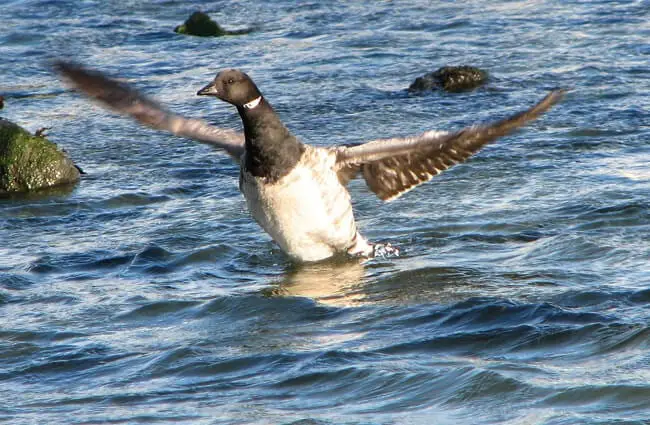
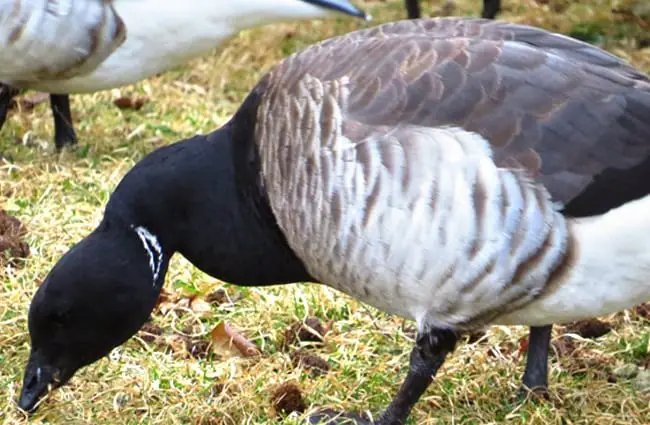

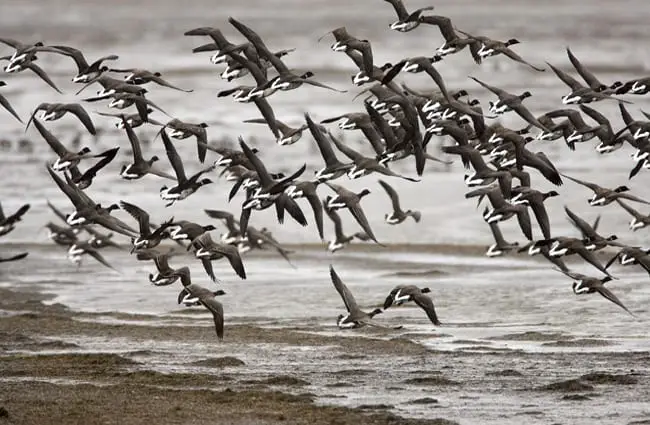

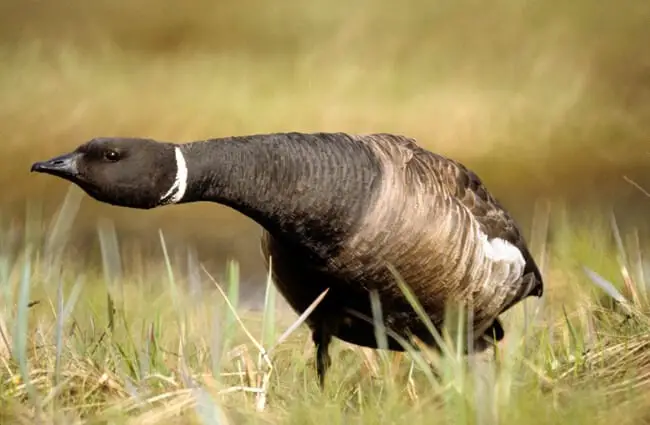
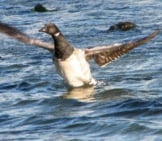

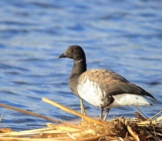
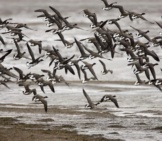
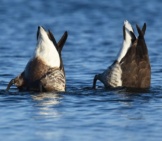
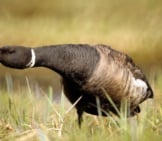
![Red Angus Closeup of a beautiful Red Angus cowPhoto by: U.S. Department of Agriculture [pubic domain]https://creativecommons.org/licenses/by/2.0/](https://animals.net/wp-content/uploads/2020/03/Red-Angus-4-238x178.jpg)












![Red Angus Closeup of a beautiful Red Angus cowPhoto by: U.S. Department of Agriculture [pubic domain]https://creativecommons.org/licenses/by/2.0/](https://animals.net/wp-content/uploads/2020/03/Red-Angus-4-100x75.jpg)

